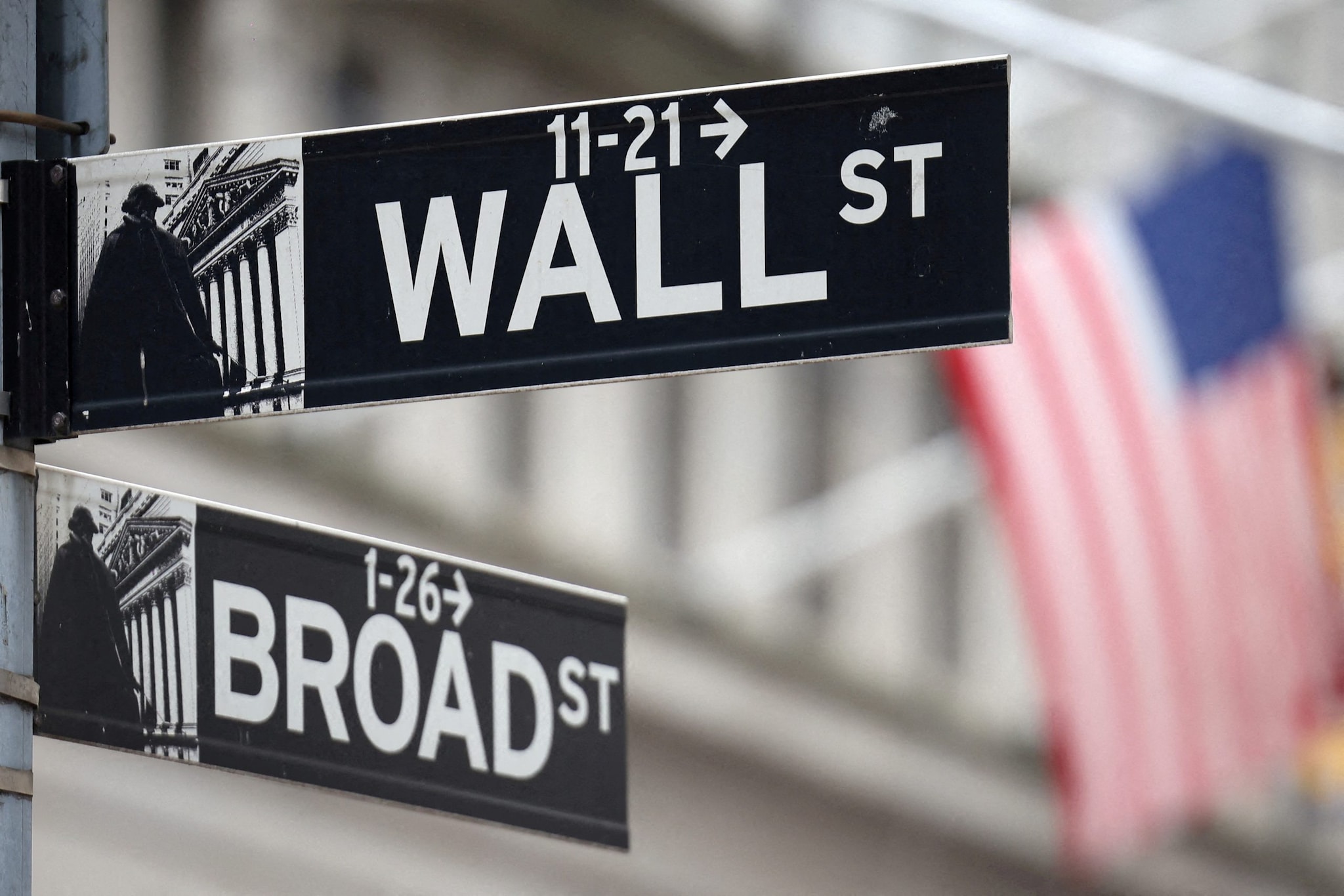US markets on Wall Street were knocked out on Thursday, April 3, as President Donald Trump's sweeping tariffs wiped out as much as $2 trillion in market capitalisation within the first few minutes of trade.
The Dow Jones is down 1,550 points and has nearly slipped into correction territory, meaning a 10% fall from its peak. The S&P 500 is down 4.4%, while the Nasdaq is down over 5.5%, shedding nearly 1,000 points in intraday trading.
The pain is felt across asset classes. The US Dollar, a supposed winner from Donald Trump's tariff plans, has extended losses to slip below the mark of 102, while a Bloomberg gauge of the Dollar fell the most on record. The Cboe Volatility index has also crossed the mark of 27. Yield on the 10-year fell to 4.03%.
The dollar’s extended decline in the midst of a global selloff in risk assets has sparked a vigorous debate about whether it has retained its status as a haven during turbulent times, given the homegrown nature of the economic fears roiling macro markets.
Hedge funds have increased their bearish bets on the dollar, mainly versus the yen and the euro, while also bracing for higher volatility into year-end, according to currency traders familiar with the transactions who asked not to be identified because they aren’t authorized to speak publicly.
Crypto currencies are not immune to the sell-off either with Bitcoin falling 4.5%, while Ether fell 6%. Crude joined the sell-off in equities with the West Texas Intermediate declining as much as 7.1% to $66 a barrel. Gold prices also saw profit booking, after nearing new records of $3,200 an ounce.
The damage is the heaviest in companies whose supply chains are most dependent on overseas manufacturing, including giants Apple Inc., Nike Inc. and Walmart Inc.
“This was the worst-case scenario for tariffs and were not priced-into the markets,” said Mary Ann Bartels at Sanctuary Wealth. “If these tariffs stick, the economy is going to slow down. Whether it’s a recession or not, it’s clear that the economy is headed for a slowdown in the US and around the world. There’s no place to hide, but the fixed-income markets.”
The S&P 500 is at risk of staying below 5,500 — a key psychological threshold that, if broken by the close, would leave few levels to lure dip buyers, according to technical analysts, who monitor daily averages and other metrics to determine market momentum. That would retest this year’s intraday lows of 5,504.65 on March 13 and 5,488.73 on March 31.
(With Inputs From Agencies.)

 1 month ago
1 month ago













